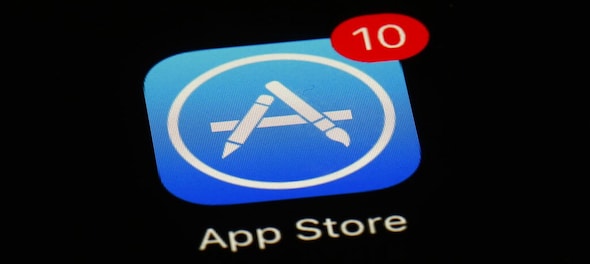
Thousands of mobile applications are launched daily on the Android Play Store and Apple's App Store. More than 80 percent of these applications might be abandoned after a single use, and a staggering 42 percent of these fail because their developers did insufficient research to understand the needs of their target market. So, while you work on developing an extremely appealing and user-friendly application, stop and think -- are you sure that your mobile application is fulfilling a market need correctly?
To answer this question, we need to look at it in two ways:
Solving the right problem:
Solving the problem correctly: Does your mobile application make your user’s life easy while solving the problem? Even when you have detected a critical problem, there may be hundreds of competitors trying to solve it in their own way, so it is imperative that your solution is simple and intuitive for your target users.
Researching the market for getting quick feedback is an age-old strategy applied by all the big consumer brands, especially in the FMCG space. Not only do they spend heavily on RnD, but they also follow it with focused group study of the target customer. The process of market research is a well-documented one, using various techniques like on-ground customer interaction via questionnaires, insight dialogues and focused group testing. However these strategies cannot be directly lifted and applied when we move from consumer good to the IT software space.
‘Market’ research for a mobile application
In the context of mobile applications, what we are looking at is ‘user experience analysis’ rather than ‘market research’. For one, you may have a good product, something a customer is seeking to buy, but when you develop a mobile application as a medium of sales, the focus of research has to shift from the ‘product’ to the user experience of ‘purchasing the product’.
When a user downloads the application, does s/he feel that it is easy to complete a particular task? Is the location of features on the interface intuitive? Is it easy to find what the consumer is looking for? Is it aesthetically appealing? Are the icons on the application obvious and easy to co-relate? Is the pricing of the product/service easy to understand? In short, the entire focus of research for a mobile application has to move beyond the ‘product’ or the ‘service’ being sold, to how easily a consumer can purchase the same online.
Along with the online experience, research with the target customer has to also take into account the offline experience, including after sales service, complaint resolution, feedback mechanism, the quality of the product/service etc. However, the focus of the user experience research for a mobile application, has to fall in the online experience space. It is important to take a basic but ready-to-use version of the application and get users to download and use it. This method helps get feedback both on the idea itself, as well as on the ease of usage of the solution.
Learning from successful applications
Many times, developers come up with an idea directly solving a perceived pain point and validate it within a small group of immediate known contacts. However, they fail to go one step further and corroborate the same with a set of potential users, whom they are actually targeting. A more structured approach to market analysis is a definite need today. A method that can allow seamless on-demand access to externals from target demographic (not just friends, family or colleagues) would be an effective way of running these validations. Crowdsourced testing model allows user research and market analysis in an easy way, with access to a ready-made crowd, available on-demand. It is extremely important to reach out to this unbiased, neutral set of target audience. Seek their viewpoint on the usage experience. Start small, fail fast and evolve faster.
Take applications like Amazon, Uber, or BigBasket. There are multiple other brands who provide similar services, but why do customers prefer these particular brands to the others?
Therefore, when you explore the development of a mobile application, either as another medium for increasing reach to customers, or as a primary channel for sales, it is important to be sure that your mobile application is fulfilling a market need. Your customers should have a seamless transition to mobile application usage and the value they receive from it, should be worth the effort they will undergo in their journey with you.



